by Yoo Kyung Sung, The University of New Mexico, Albuquerque, NM
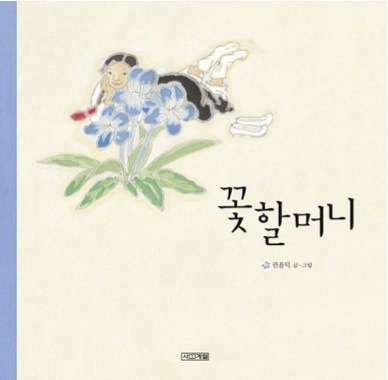 “I didn’t know what was happening in Asia during WW II. I had no idea Korea was under Japanese occupation!” Every semester I repeatedly hear this message from my preservice teachers after reading books like When My Name Was Keoko, by Linda Sue Park. I wonder, “How did they miss this in their American history courses?”
“I didn’t know what was happening in Asia during WW II. I had no idea Korea was under Japanese occupation!” Every semester I repeatedly hear this message from my preservice teachers after reading books like When My Name Was Keoko, by Linda Sue Park. I wonder, “How did they miss this in their American history courses?”
These comments, and the picturebook The Grandmother Who Loves Flowers by Yoonduck Kwon, were catalysts that led me to reflect on the childhood texts I read, as a young Korean schoolgirl, about the WWII Japanese occupation of Korea. Seeking the truth about our history was important to me, but it was also equally uncomfortable. The Grandmother Who Loved Flowers is based on the story of Dahl Yun Sim, a thirteen-year-old Korean girl, kidnapped by Japanese soldiers during WW II as she and her sister were out picking wild greens.



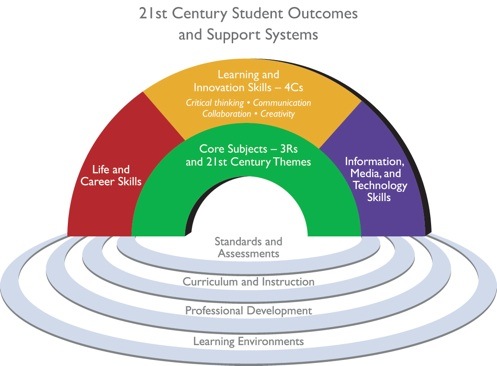
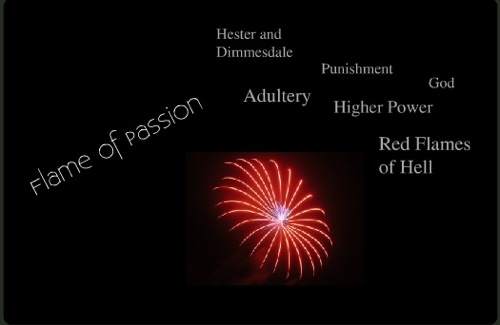



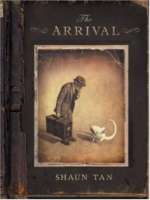 The IBBY Congress offered multiple opportunities for learning about the reading experiences offered to children in different parts of the world. One of those experiences that was the focus of lively discussions involved children reading wordless texts in the project, “Visual journeys: Understanding immigrant children’s responses to the visual image in contemporary picture books.” Dr. Evelyn Arizpe, from the University of Glasgow, coordinator of the project, Dr Cecilia Silva-Díaz and Brenda Bellorín, from the Universitat Autonoma de Barcelona, and myself from The University of Texas at Austin, shared the power of the visual image in the graphic novel
The IBBY Congress offered multiple opportunities for learning about the reading experiences offered to children in different parts of the world. One of those experiences that was the focus of lively discussions involved children reading wordless texts in the project, “Visual journeys: Understanding immigrant children’s responses to the visual image in contemporary picture books.” Dr. Evelyn Arizpe, from the University of Glasgow, coordinator of the project, Dr Cecilia Silva-Díaz and Brenda Bellorín, from the Universitat Autonoma de Barcelona, and myself from The University of Texas at Austin, shared the power of the visual image in the graphic novel 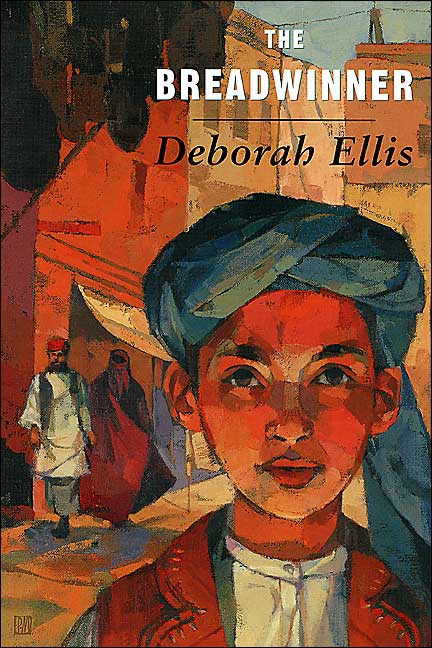 The realization that other young citizens of the global community have messages of empowerment, or agency, to share with children of the western world is perhaps one of the most important roles of international literature. The literature, in which the main characters reveal agency through identity, voice, decision-making, and taking action according to their learned perceptions of a situation, is one way to accomplish that exchange of ideas. That was one of the outcomes for individuals who attended the IBBY Congress last month as active participants in IBBY’s role of building bridges across global cultures.
The realization that other young citizens of the global community have messages of empowerment, or agency, to share with children of the western world is perhaps one of the most important roles of international literature. The literature, in which the main characters reveal agency through identity, voice, decision-making, and taking action according to their learned perceptions of a situation, is one way to accomplish that exchange of ideas. That was one of the outcomes for individuals who attended the IBBY Congress last month as active participants in IBBY’s role of building bridges across global cultures.